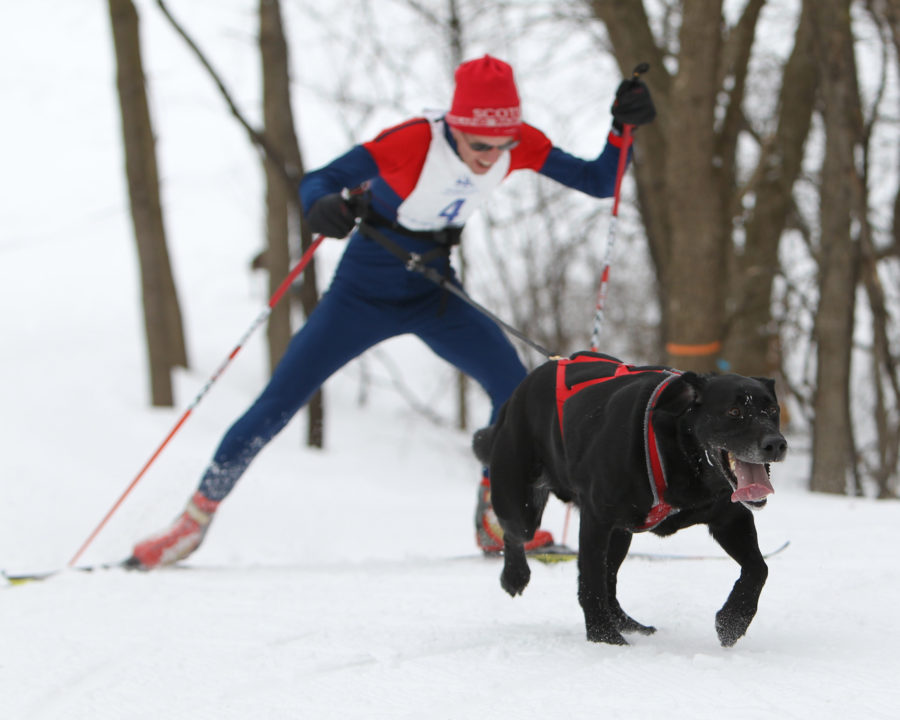As the winter season rolls around and snow starts to set, sports take a turn towards the imaginative. In addition to the traditional snowman building, igloo-making, snowball-throwing festivities, some new snow sports have arrived at the scene; take a look.
For those who do not mind the freezing cold, the polar bear plunge is a fitting winter day activity. Participants of the polar bear plunge strip down to their swim wear in the snow and jump into any body of water they can find at almost dangerously low temperatures. In recent years the plunge has been used for charity events to raise money for organizations like the Special Olympics. When lakes or oceans are not local, many people resort to running through the snow in their bathing suits for the same effect.
When traditional sledding gets boring, there is shovel racing, where participants sit on a shovel rather than a sled to slide down hills. Positioning the shovel between the legs, people hold onto the handle in front of them as they take on the hilly slopes. As it is an actual competitive sport, shovel racers reach speeds up to 75 miles per hour and face dangerous risks. Many racers participate in the annual World Shovel Race Championships in New Mexico for cash prizes.
Snow kayaking is just what it sounds like: kayaking in the snow. Perfect for people craving summertime in the winter, participants sit in a typical kayak and use a paddle to propel themselves through the snow. Although doing this in a front yard may be satisfactory for some, the best results are produced through larger hills akin to ski slopes, where gravity makes the kayaker move faster.
As a sport that takes skiing to the next level, skijoring is a growing phenomenon during the winter season. Derived from a Norwegian word that means “ski driving”, skijoring combines mushing and skiing into one enjoyable activity where a person on skis is pulled by a third party. The most common form of the sport is dog skijoring, equestrian skijoring and motorized skijoring, in which a dog, horse or vehicle pulls the skier through a course approximately 120 miles long.








